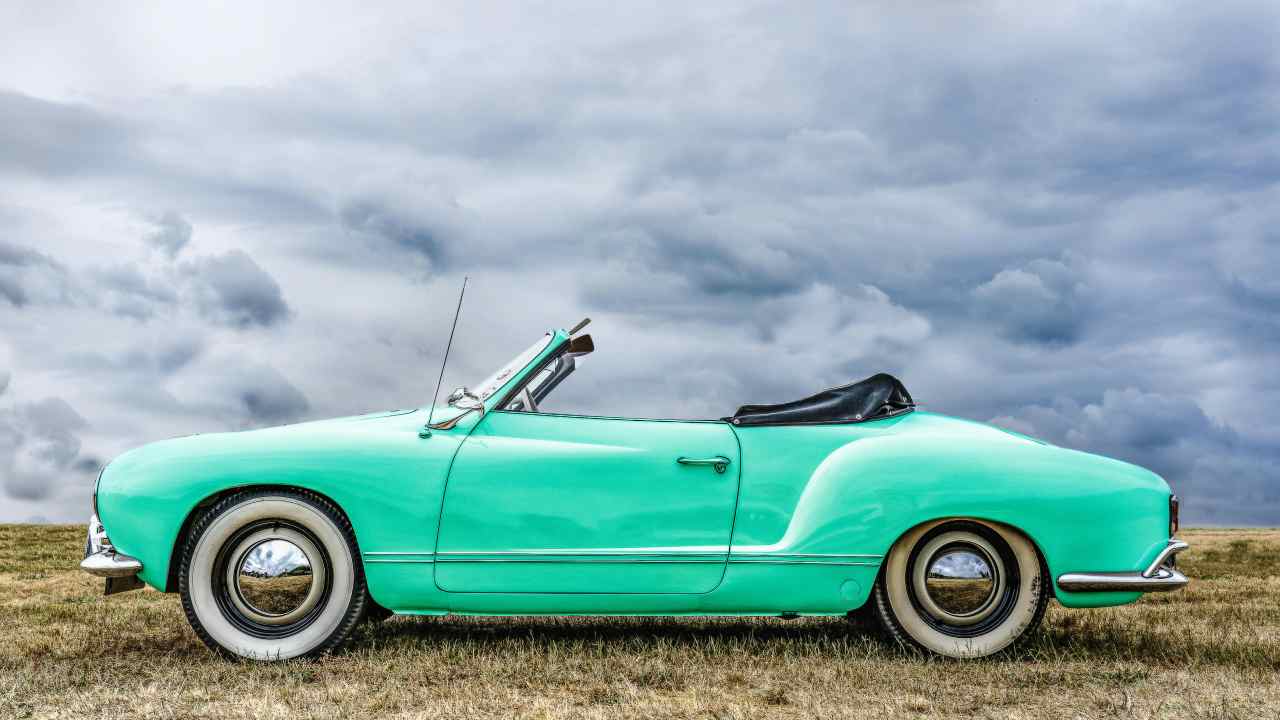Are you dreaming of owning a classic car—one that turns heads on the road and embodies the charm of a bygone era? Whether you’re a seasoned collector or a first-time buyer, purchasing a vintage car is no small feat. It’s a thrilling experience, but it also requires due diligence to ensure you’re making a sound investment.
This guide provides you with a comprehensive buyer’s checklist, breaking down everything you need to know before buying a classic car. From budget planning and authenticity checks to test drives and negotiations, we’ve got you covered.
Research and Budgeting
How to Set Your Budget
The first step in your classic car buying journey is understanding what you can afford. Beyond the initial purchase price, consider additional costs such as restoration work, ongoing maintenance, and insurance premiums. Classic cars can be costly to maintain, so ensure your budget accounts for both immediate and long-term expenses.
- Pro Tip: Set a firm budget but allow for a 10–15% buffer for unexpected costs.
Research the Market and Car Values
Once you’ve determined your financial limits, take some time to research the market. Use resources like classic car price guides, auction results, and online marketplaces to get a sense of the fair market value for your desired make and model. Look out for trends—some classic cars appreciate in value, while others remain stagnant.
- Popular websites like Hagerty, Hemmings, and Bring a Trailer offer insights into market trends and valuations.
Authenticity and Originality
The Significance of Original Parts
One of the key factors that influence a classic car’s value is its originality. Cars with a high percentage of original parts, including the engine, transmission, and interior components, are generally more desirable and valuable. Keep in mind, non-original parts can lower a vehicle’s resale value.
- Ask for documentation of any replacements and focus on collector favorites with matching numbers (where the VIN matches the engine and transmission).
Identifying Authentic Classic Cars
Spotting a legitimate classic can be challenging, especially if you’re new to this world. Fraud occasionally plagues the vintage car market, with some sellers misrepresenting a car’s history or condition. Be cautious and look for clear documentation proving the car’s authenticity, such as maintenance records, original sales slips, or certification from reputable classic car organizations.
Condition Evaluation
Inspecting for Rust and Damage
Rust is the nemesis of classic cars. Surface rust may just be an aesthetic concern, but structural rust on the frame or chassis can spell trouble. Check the body panels, door frames, underside of the car, and trunk for rust or corrosion.
- If you’re unsure how to assess rust damage, consult a professional mechanic or classic car restorer.
Understanding the Engine, Transmission, and Suspension
Restoration costs for mechanical components can be steep. Pay close attention to the condition of the car’s engine, transmission, and suspension. Look for signs of oil leaks, excessive smoke, or unusual noises. Take your time to understand how these elements function—faulty or overly worn-out parts can be costly to repair.
Documentation and History
The Importance of Complete History
A car’s story matters just as much as its physical condition. Ask the seller to provide a folder of documentation that includes service records, previous ownership details, and certificates of authenticity. A verified history increases a classic car’s credibility and overall value.
How to Verify a Car’s Records
Before sealing the deal, cross-reference the vehicle’s information with online databases or car clubs. A VIN (Vehicle Identification Number) check can help verify titles and uncover hidden red flags like past collisions or theft.
Test Drive and Inspection
What to Look for During the Test Drive
Before you buy, take your potential purchase for a test drive. Pay attention to how the car handles, brakes, and accelerates. Keep an ear out for unusual sounds like knocking or squealing. While minor flaws in performance can be expected in older cars, anything major could lead to costly repairs.
- Test the car in various conditions—city streets, highway speeds, and inclines if possible.
Tips for a Thorough Inspection
Hire a professional mechanic or an expert in classic cars to conduct a pre-purchase inspection. They’ll be able to detect issues that aren’t immediately visible or noticeable to an untrained eye, giving you peace of mind that the car is worth the investment.
Negotiation and Purchase
Strategies for Negotiation
Negotiation is an art. Be polite but firm. Use the flaws you’ve discovered in the inspection as leverage to get a better price, but don’t insult the seller. Back up your offer with researched facts about the car’s condition and market value.
Understanding the Purchase Process
Once you’ve agreed on a price, make sure the transaction and ownership transfer are done legally and transparently. This includes signing a bill of sale and ensuring the title is clean and transferred correctly.
Start Your Classic Car Journey
Buying a classic car is more than a financial investment—it’s a passion project, a trip back in time, and your ticket to join a vibrant community of vintage car enthusiasts. Armed with this buyer’s checklist, you’re ready to make informed decisions and find the classic car of your dreams.
Every classic car has a story, but finding the right one for you starts with diligent preparation. Evaluate your budget, inspect carefully, and don’t rush. Once you’ve secured your vintage beauty, you’ll find that the joy of ownership is worth every step.
Happy car hunting, and may you find the keys to your classic dream!

